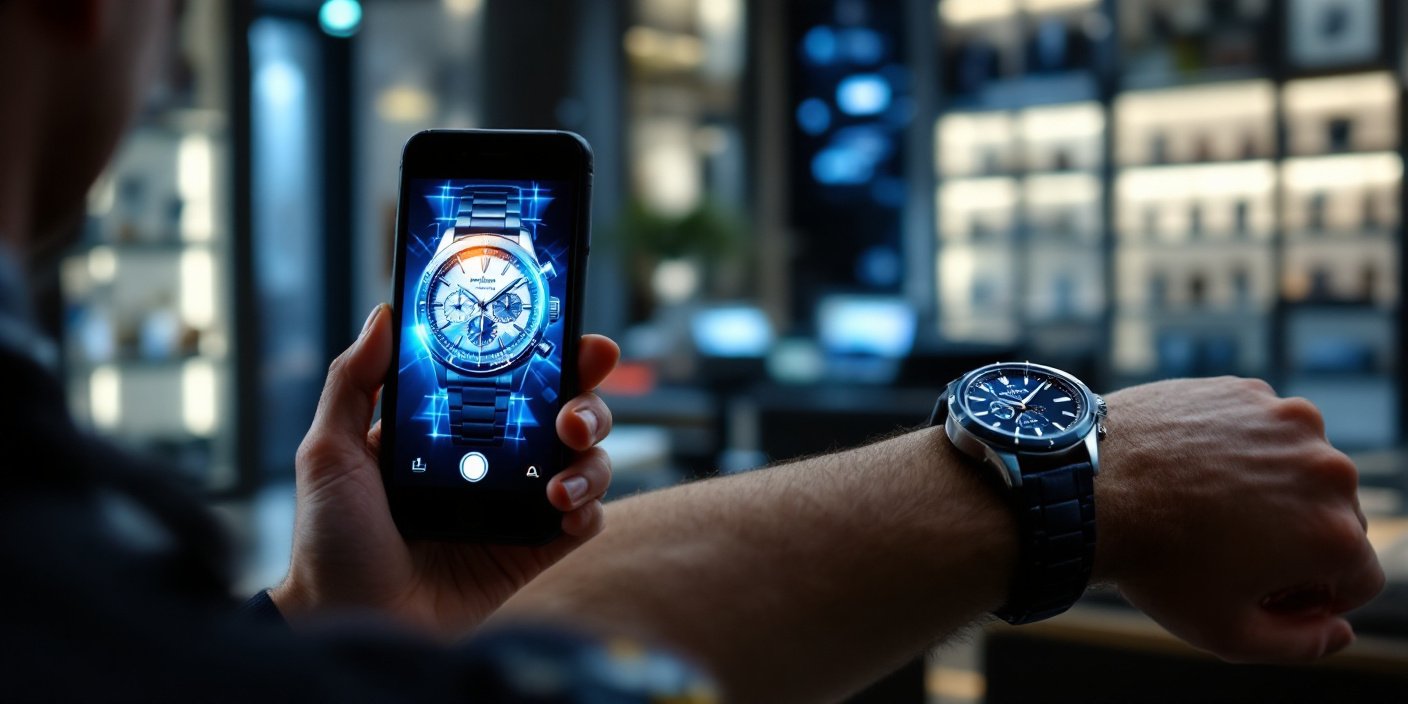Introduction
Product returns present significant challenges for retailers and manufacturers, impacting profitability and customer satisfaction. This article delves into the primary cause of product returns—missing product trials—and examines how emerging technologies such as 3D assets and augmented Reality (AR) can mitigate this issue, ultimately reducing return rates.
The Problem: High Product Returns
Product returns incur substantial financial and operational costs and a shopping experience feature that is traditionally seen as a necessary aspect of the retail industry. Shockingly, only 32% of top retailers fully quantify the cost of returns, indicating a significant gap in understanding the root causes of return rates. Addressing this challenge necessitates identifying why consumers return products and implementing practical solutions to minimize returns.

The Role of Product Trials
Product trials significantly influence purchase behaviour. They allow shoppers to make informed choices. Inadequate product trials stand out as a significant contributor to high return rates.
With online e-commerce platforms, Writers and online buyers may misjudge aspects like fit, quality, or functionality without physically interacting with products, leading to unmet expectations and subsequent product returns. This leads to customer frustrations, waste of customer time and costs for the retailer. This problem can be solved by using Interactive 3D visuals and augmented reality (Virtual Try-ons).
Leveraging 3D Assets
What are 3D Assets?
3D assets are digitally created representations of objects that exist in three-dimensional space. Unlike flat, two-dimensional images, 3D assets allow for depth, perspective, and interaction, enabling viewers to see an object from multiple angles—just as they would in real life. These digital models are often textured with realistic colours, materials, lighting, and surface details like fabric weaves, wood grains, or metallic sheens, giving them a lifelike appearance.
By providing a comprehensive, dynamic view of a product or environment, 3D assets help bridge the gap between digital and physical spaces, making them an essential tool in modern digital e-commerce.
Enhancing Product Visualisation
Retailers can develop 3D models of their products, allowing consumers to explore them from all angles with a 360-degree view. Virtual product trials become possible, enabling users to interact with items as if physically present, zooming in and out to scrutinise intricate details.
Reducing Decision Time
Visualising products in 3D empowers consumers to make more informed decisions. Customizable features such as colour and size, coupled with realistic 3D rendering, minimize uncertainty, thus reducing the likelihood of returns.

Augmented Reality (AR) as a Solution
What is Augmented Reality?
AR integrates digital content into the real-world environment, bridging the gap between online and in-store shopping experiences.
Virtual Try-Ons and Interactivity
Consumers can utilise AR to virtually try on watches, shoes, clothing, or even furniture, enhancing engagement and facilitating informed decision-making. Interacting with 3D models allows users to explore intricate details and dimensions.
Addressing the Lack of Product Trials
AR offers a solution by enabling realistic virtual product trials, allowing consumers to visualize how products fit into their lives before committing to a purchase.
Conclusion
The retail industry must adapt to evolving consumer behaviour by embracing technology to reduce product returns. Integrating 3D product models and AR-based virtual try-ons into e-commerce platforms enhances the product trial experience, reduces uncertainty, and decreases return rates. By leveraging these innovative solutions, retailers can improve customer satisfaction and bolster profitability in the competitive landscape of modern retail.
By partnering with P-XR, retailers can stay ahead in the competitive world of modern commerce—elevating their digital storefronts and future-proofing their business with innovative, experience-driven solutions.
